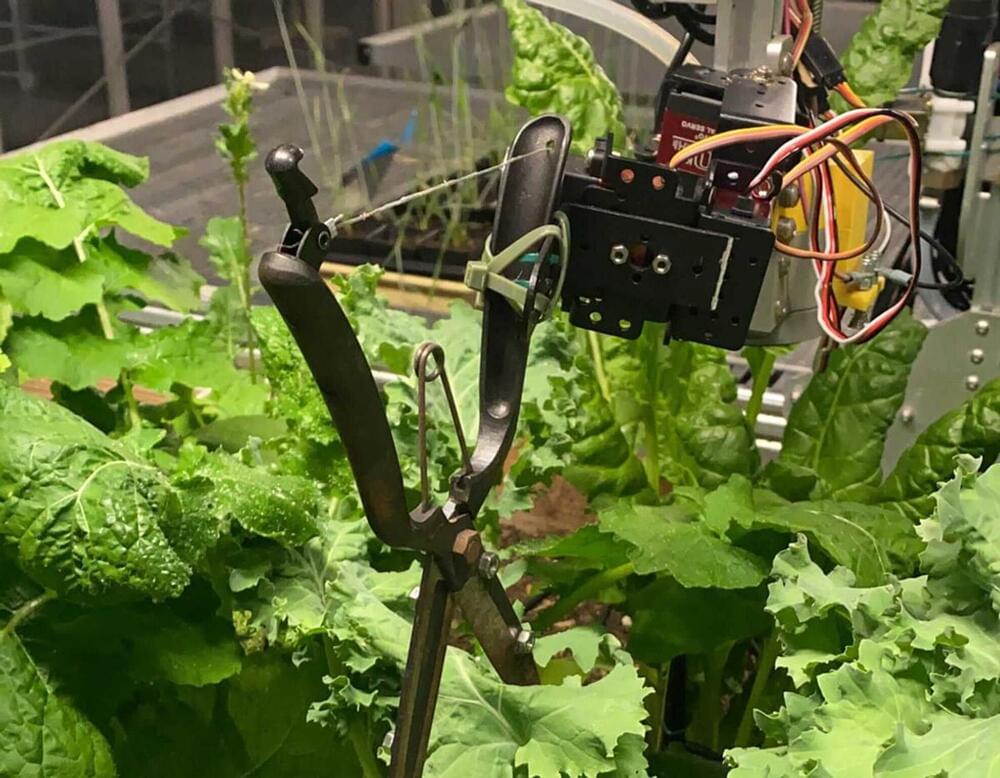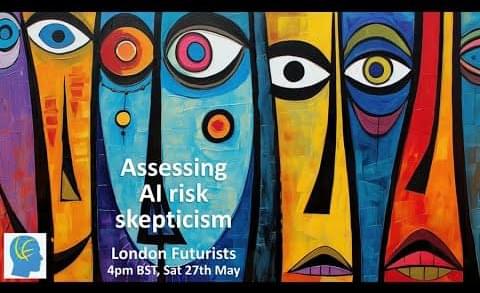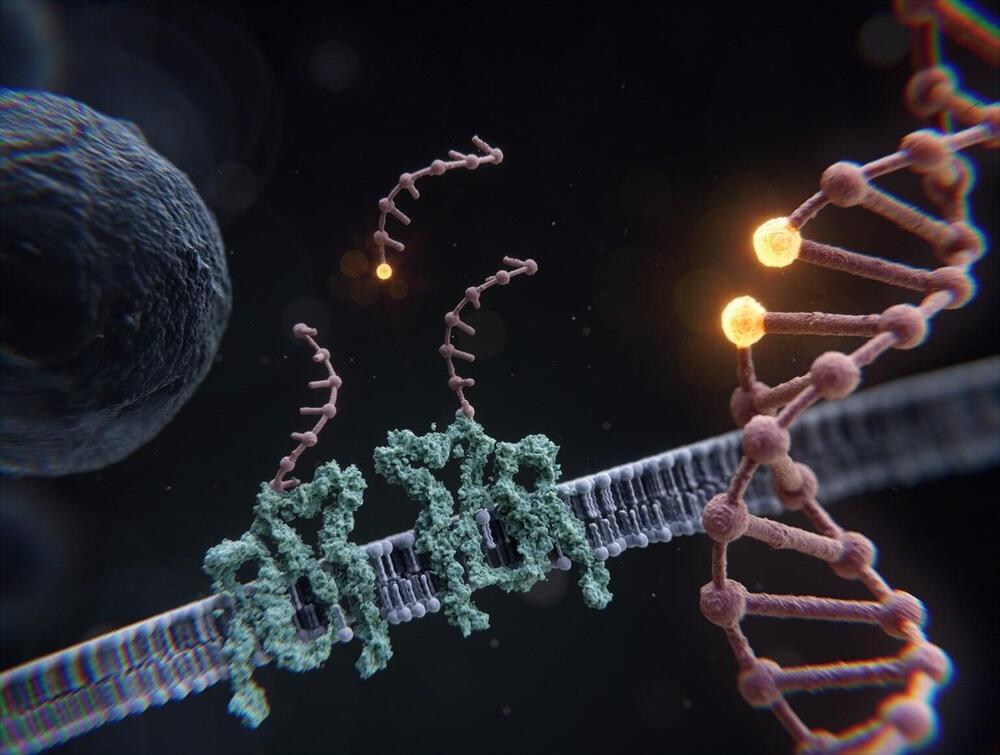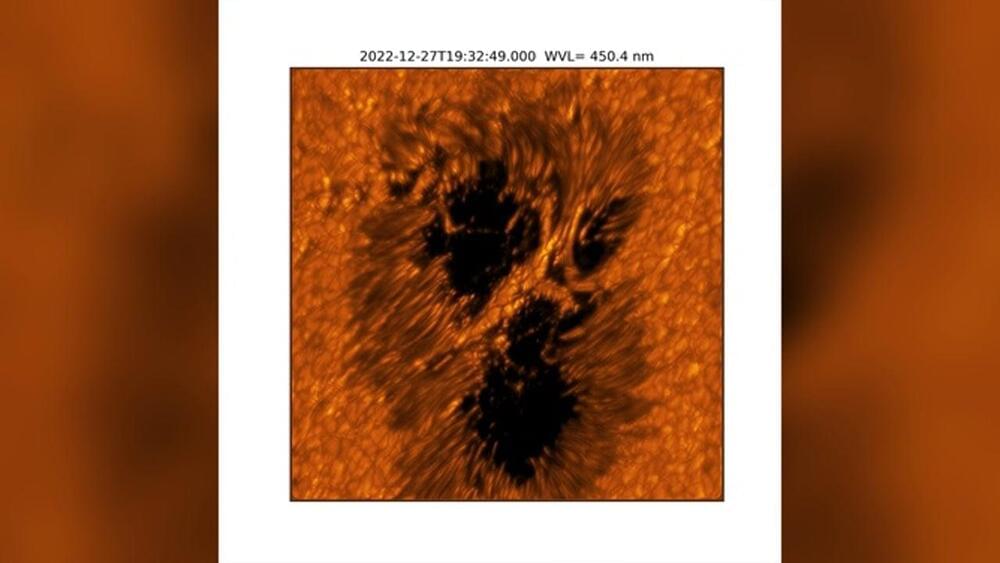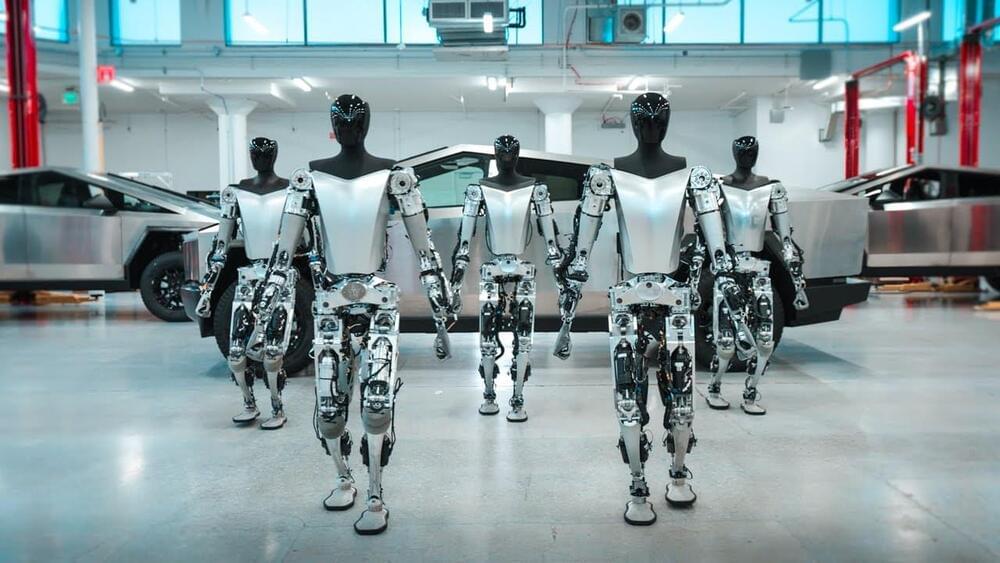UC Berkeley researchers developed an automated hydroponic system called AlphaGarden, which combines a commercial gantry robot farming system and a plant growth simulator. And it arguably cares for plants better than a professional human.
Assessing AI Risk Skepticism
Posted in futurism, robotics/AI
How should we respond to the idea that advances in AI pose catastrophic risks for the wellbeing of humanity?
Two sets of arguments have been circulating online for many years, but in light of recent events, are now each mutating into new forms and are attracting much more attention from the public. The first set argues that AI risks are indeed serious. The second set is skeptical. It argues that the risks are exaggerated, or can easily be managed, and are a distraction from more important issues and opportunities.
In this London Futurists webinar, recorded on the 27th of May 2023, we assessed the skeptical views. To guide us, we were joined by the two authors of a recently published article, “AI Risk Skepticism: A Comprehensive Survey”, namely Vemir Ambartsoumean and Roman Yampolskiy. We were also joined by Mariana Todorova, a member of the Millennium Project’s AGI scenarios study team.
The meeting was introduced and moderated by David Wood, Chair of London Futurists.
For more details about the event and the panellists, see https://www.meetup.com/london-futurists/events/293488808/
The paper “AI Risk Skepticism — A comprehensive study” can be found at https://arxiv.org/abs/2303.03885.
A breakthrough in fluorescence microscopy has been achieved by the research group of Ralf Jungmann at the Max Planck Institute of Biochemistry (MPIB) and Ludwig-Maximilians-Universität (LMU) Munich. The team developed Resolution Enhancement by Sequential Imaging (RESI), a revolutionary technique that enhances the resolution of fluorescence microscopy down to the Ångström scale. This innovation is poised to usher in a paradigm shift in our approach to study biological systems with thus far unprecedented detail.
Cells, the fundamental units of life, contain a plethora of intricate structures, processes and mechanisms that uphold and perpetuate living systems. Many cellular core components, such as DNA, RNA, proteins and lipids, are just a few nanometers in size. This makes them substantially smaller than the resolution limit of traditional light microscopy. The exact composition and arrangement of these molecules and structures is thus often unknown, resulting in a lack of mechanistic understanding of fundamental aspects of biology.
In recent years, super-resolution techniques have made leaps and bounds to resolve many sub-cellular structures below the classical diffraction limit of light. Single molecule localization microscopy, or SMLM, is a super-resolution approach that can resolve structures on the order of ten nanometers in size by temporally separating their individual fluorescence emission.
Join top executives in San Francisco on July 11–12, to hear how leaders are integrating and optimizing AI investments for success. Learn More
Last year generative artificial intelligence (AI) took the world by storm as advancements populated news and social media. Investors were swarming the space as many recognized its potential across industries. According to IDC, there is already a 26.9% increase in global AI spending compared to 2022. And this number is forecast to exceed $300 billion in 2026.
It’s also caused a shift in how people view AI. Before, people thought of artificial intelligence as an academic, high-tech pursuit. It used to be that the most talked-about example of AI was autonomous vehicles. But even with all the buzz, it had yet to be a widely available and applied form of consumer-grade AI.
This Tuesday, the crew of the second ever all-private mission to the International Space Station will be returning to Earth. Here’s how to watch the departure.
The sunspots in the images are dark and cooler regions on the sun’s surface, known as the photosphere, where strong magnetic fields are found, according to the National Solar Observatory.
And while sunspots can be a variety of sizes, the NSO says many are the size of Earth or larger. Groups of sunspots can be the source of explosive events, like solar flares and coronal mass ejections that generate solar storms significantly impacting Earth, including disruptions to critical infrastructure or leading to vibrant northern lights displays.
India’s space agency, ISRO, successfully launched a satellite crucial to the country’s satellite navigation system using the GSLV rocket.
Congratulations, @isro, on the successful launch of GSLV-F12/NVS-01 Mission 🇮🇳 pic.twitter.com/cr2195goNk
As companies race to develop more products powered by artificial intelligence, Microsoft president Brad Smith has issued a stark warning about deep fakes. Deep fakes use a form of AI to generate completely new video or audio, with the end goal of portraying something that did not actually occur in reality. But as AI quickly gets better at mimicking reality, big questions remain over how to regulate it. In short, Mr Smith said, “we must always ensure that AI remains under human control”.
Follow us:
CNA: https://cna.asia.
CNA Lifestyle: http://www.cnalifestyle.com.
Facebook: https://www.facebook.com/channelnewsasia.
Instagram: https://www.instagram.com/channelnewsasia.
Twitter: https://www.twitter.com/channelnewsasia.
TikTok: https://www.tiktok.com/@channelnewsasia
Tesla Bot Update
Posted in robotics/AI
Multiple fully Tesla-made bots now walking around & learning about the real world 🤖
Join the Tesla AI team → https://tesla.com/ai
A man paralyzed by a cycling accident is able to walk again after an experimental operation by neuroscientists and surgeons in Switzerland.
Subscribe for more Breaking News: http://smarturl.it/AssociatedPress.
Website: https://apnews.com.
Twitter: https://twitter.com/AP
Facebook: https://facebook.com/APNews.
Instagram: https://www.instagram.com/APNews/
You can license this story through AP Archive: http://www.aparchive.com/metadata/youtube/bbdbedd60e6942069bbbacd20dcb4f02
